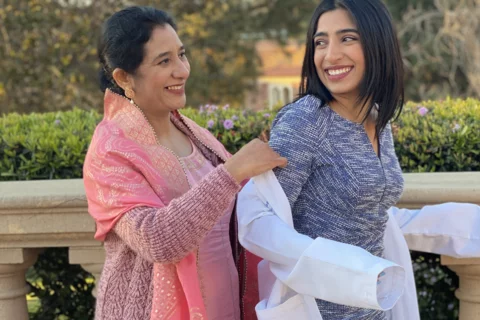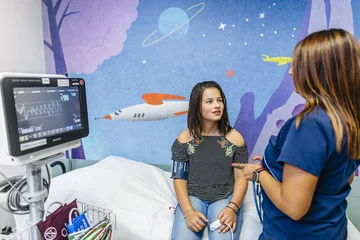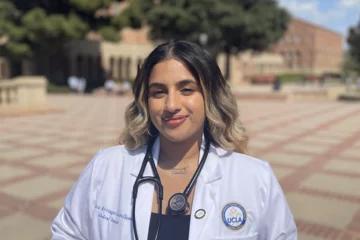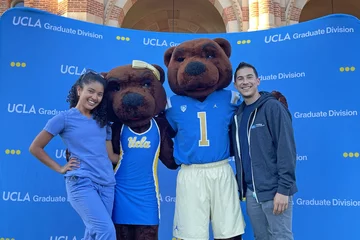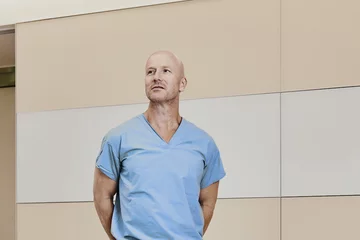Meet Kirandeep Kaur
Kirandeep Kaur tried to resist her early interest in medicine. She hesitated to do the same thing as her older siblings, who both work in medicine. However, her brother recognized the future physician in her:
“He sat me down and told me I’d be doing myself a disservice if I didn’t give medicine a chance,” she says.
Knowing her brother made a fair point, Kirandeep became a volunteer Emergency Medical Technician (EMT). She found the experience rewarding, fulfilling, and perfectly aligned with her interests and skills. Medicine, she realized, wasn’t only her siblings’ thing. It was unquestionably hers as well.
The aspiring event planner became an aspiring physician instead.
Kirandeep’s roots are in Richmond Hill, Queens, New York, where she shares strong bonds with her family and community. This connection influenced her decision to complete her undergraduate studies at Adelphi University, so she could remain close to her loved ones.
"Being close to my family has always been a priority for me because my family is my anchor,” she explains. “On my hardest days, they instinctively know how I feel without needing any explanation and can offer unconditional comfort. We've shared every high and low together, providing an unshakeable bond of limitless understanding. With their support, I know I can achieve anything I set my mind to."
When applying to medical schools, she cast her net close to home again, with one exception: the David Geffen School of Medicine at UCLA (DGSOM).
“I never truly imagined I would get an interview, let alone get accepted,” Kirandeep says, explaining how she saw DGSOM as an exciting, but unrealistic, dream.
“But I did.”
She’d never intended to venture so far afield. She’d never been away from her family and loved ones. She’d also never felt so excited for a new journey.
After deliberating on what she considers one of the hardest decisions of her life, Kirandeep left home for the first time to attend medical school in Los Angeles, California.
- Specialty: Emergency Medicine
- Matched Residency Program: New York-Presbyterian Queens Hospital
- Fun fact: Kirandeep speaks four languages—Panjabi, Hindi, Urdu, and English. (Watching Disney shows with subtitles and pausing frequently helped her practice English pronunciation.)
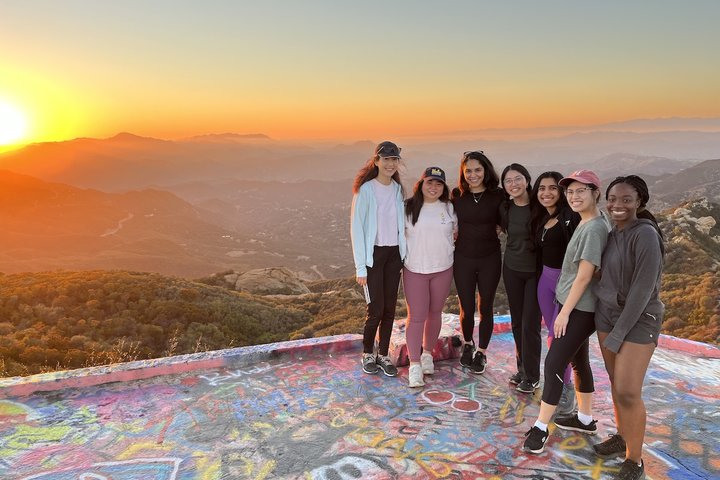
Making Things Better for Patients
In her first few years of medical school, Kirandeep loved learning about the human body, but she didn’t fully appreciate her passion for medicine until she began working with patients.
“I always loved the academic content, but medicine is so much more.”
She introduced herself as a healthcare provider to her first patients. She listened to their stories, built rapport, and made them feel comfortable. She connected with them and their families.
“It’s why I’ll wake up every day and be excited to go to work,” she says. “Every day, I’ll meet people on what may be the worst day of their lives and have the chance to make it a little better.”
She’ll never forget one of the first times she had, and embraced, the chance to make things better for her patients.
The patient spoke Spanish—not one of the four languages Kirandeep knows. A phone translator facilitated the conversation, but Kirandeep could sense something wasn’t coming across. She drew on her empathy and her own experience learning new languages to better understand.
“As I shared her diagnosis, I watched her fiddle with her hands and stare blankly at the wall,” Kirandeep recalls. “Her behavior felt familiar, like something my younger self would do as someone rattled off directions in English that I couldn’t understand. I realized that in my quest to use concise language for translation, my patient was not receiving a full understanding of her condition.”
Kirandeep took time to explain the condition in context, starting with the basic functions of the affected body parts. She could see her patient relax as she began to understand the implications of her diagnosis on her body.
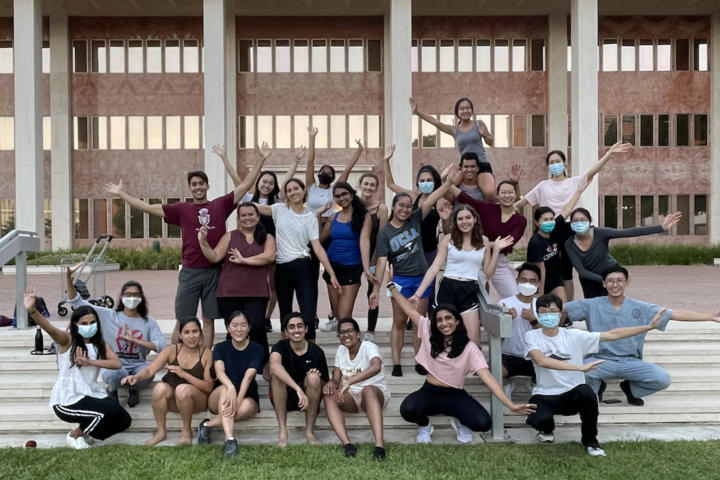
Surprising Overlaps Between Emergency Medicine and Event Planning
When choosing a medical specialty, Kirandeep found herself thinking about her siblings once again. Her EMT experience had piqued her interest in emergency medicine, the same specialty her older sister picked.
She felt the familiar urge to do something different, but more importantly, she wanted to be mindful of any preferential bias she had from hearing her siblings’ stories.
She committed to keeping an open mind but kept gravitating toward emergency medicine. If she particularly enjoyed a rotation, she’d ask herself what she liked best. Her answers always involved being in the emergency room (ER).
“Little things kept adding up and affirming emergency medicine as I got more experience,” she says. “I would go to work and be so excited. Even after a long shift, it would feel like I hadn’t even worked.”
Emergency medicine and event planning, Kirandeep’s early career goal, interested her for the same fundamental reasons: both fields involve quick thinking, frequent task switching, and a loosening of control and adherence to plans. Most importantly, emergency medicine and event planning revolved around teamwork, one of Kirandeep’s core values.
“An emergency room cannot run unless everyone works together.”
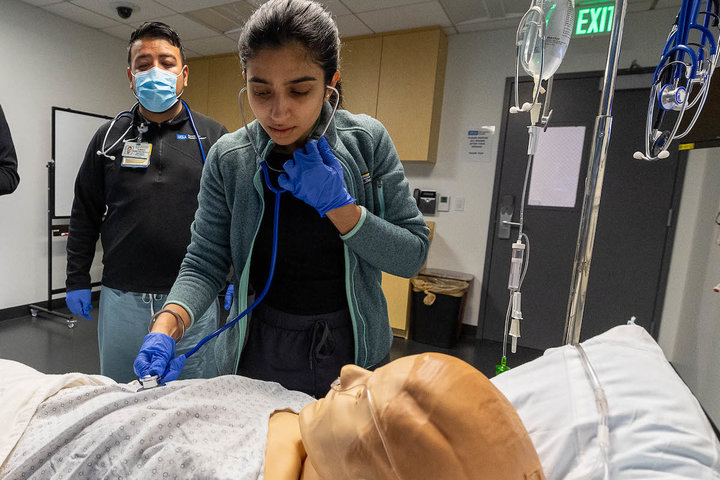
A Day in the Life of a Med Student: Applying to Residency Programs
During the third year of medical school, students begin thinking about matching into residency programs in their chosen specialties.
The process involves completing sub internships, applying to programs of interest, completing interviews with select sites, and submitting a final, prioritized list of programs. The National Residency Matching Program (NRMP)® then processes students’ lists of programs along with the programs’ lists of students to find optimal matches.
Kirandeep worried about interviews and finalizing her rank list more so than any other aspect of the matching process. Each choice represented different possibilities for the next few years of her life. She wondered how she could possibly convey enough information about herself and learn enough information about the programs during the short, virtual interviews to make an informed choice.
During one interview, program representatives asked her to teach them something. Kirandeep—a dedicated member of DGSOM’s student-organized dance group, the MDivas—decided to teach a quick dance lesson. She stood up, excited to demonstrate some moves, only to remember she’d paired her blazer with pajama bottoms.
The experience, while embarrassing, reminded her that like practicing emergency medicine, matching into residency would involve surprises. No matter what happened, she would keep going and find a way to make everything work.
Decades of Hard Work Culminate on Match Day
The residency matching process culminates on what’s widely known as “Match Day,” when the NRMP releases match results and med students learn where they’ll be going for residency.
Leading up to Match Day, Kirandeep wondered where she would live, who she would work with, and who would be her mentors. She felt curious and eager, but more than anything else, confident.
“Match Day is the day I’ve been working toward my whole life,” she says. “I knew I’d given it my best and trusted that my 27 years of hard work would pay off.”
She was right. Kirandeep matched into her top choice residency program at New York-Presbyterian Queens Hospital and will be heading back to her roots.
She can’t wait to reunite with her family and her partner. She can’t wait to join the tight-knit New York-Presbyterian Queens team she admired during her interviews and tours. She can’t wait to give back to the community she came from and care for the diverse, underserved, and immigrant populations who also call it home.
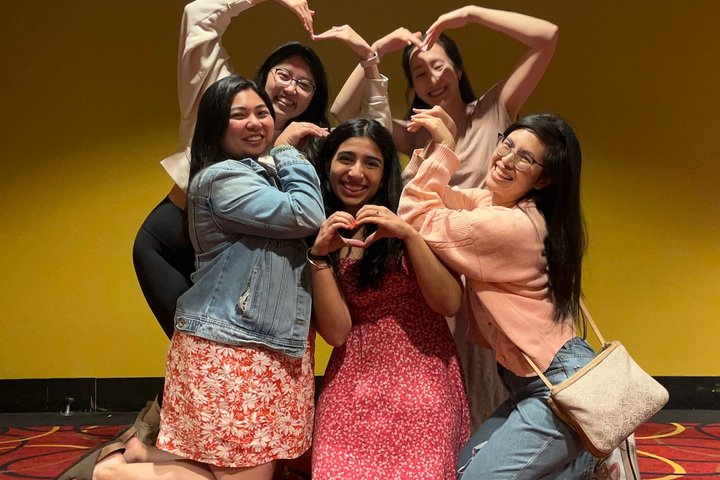
There’s only one aspect of her future she can wait for: leaving the second home she’s built in Los Angeles.
She remembers arriving in California, watching her brother drive away after helping her move into her new space, feeling so nervous about being on her own for the first time. She never dreamed she would grow so connected to her new community in just a few years.
“I fell in love with the West Coast. I fell in love with Los Angeles,” she says. “I built myself such a beautiful community here, and it’s very difficult to leave.”
As she prepares for the bittersweet goodbye, she finds comfort in knowing that the medical family she’s created in Los Angeles—like her family in Queens—will support her from afar and welcome her back any time she returns.
